JournalismPakistan.com | Published October 06, 2024 at 02:50 pm | Ayesha Malik
Join our WhatsApp channel
ISLAMABAD—The way global crises are reported can shape the way we understand the world. From conflicts to natural disasters and pandemics, media outlets serve as the primary lens through which the public perceives these events. However, the coverage of global crises is often influenced by political agendas, cultural contexts, and media biases, leading to contrasting narratives across different outlets.
Media Bias and Crisis Reporting
In any crisis, media bias is one of the most influential factors shaping the narrative. Depending on the country, media organization, or political climate, the portrayal of a global event can be vastly different. For instance, Western media outlets may highlight human rights abuses in conflict zones, while state-controlled media in authoritarian regimes might downplay such events or focus on different aspects altogether.
The Role of Cultural Context
Cultural context also plays a significant role in how crises are framed. For example, when natural disasters strike developing countries, Western media may adopt a more humanitarian angle, focusing on the need for international aid. In contrast, local media might focus on the resilience of the population and government responses, offering a more nuanced view that is aligned with the cultural mindset of the region.
Public Perception and Media Influence
The media’s portrayal of a crisis can heavily influence public opinion. Studies show that media coverage often determines how seriously the public views a crisis and what actions they deem necessary in response. During the COVID-19 pandemic, for example, media outlets around the world shaped perceptions of government responses, the severity of the virus, and the importance of health measures. The variance in coverage between countries highlighted how different media narratives could lead to vastly different public reactions.
Examples of Divergent Coverage
Consider the Syrian civil war, which was reported differently across the globe. Western media focused largely on the humanitarian crisis and the need for international intervention, whereas media in Russia and Iran, key allies of the Syrian government, depicted the war as a fight against terrorism. This resulted in divergent narratives that influenced not only public perception but also international policies and interventions.
The Need for Critical Media Consumption
As media consumers, it’s crucial to recognize the biases and influences that shape crisis reporting. No two media outlets report on a global crisis in the same way, and understanding the underlying motivations can help readers form more informed, balanced perspectives. Being aware of these differences allows individuals to critically evaluate the news they consume, rather than taking it at face value.
The coverage of global crises by different media outlets highlights the power of journalism to shape narratives and influence public perception. Whether due to bias, cultural context, or political agendas, the way global events are reported can significantly alter how crises are understood and responded to by the world.
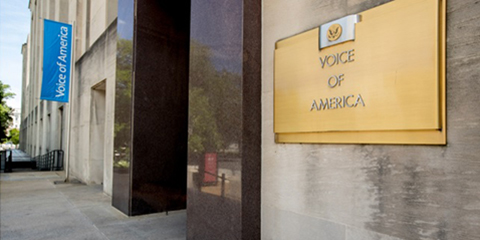
March 29, 2025: A federal judge has blocked the Trump administration’s attempt to dismantle Voice of America (VOA), ruling that the move likely violated legal procedures. The decision protects over 1,200 journalists and media staff.
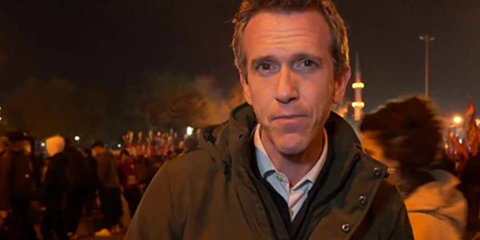
March 28, 2025: Turkey deports BBC journalist Mark Lowen over 'public order' threat and fines opposition TV channels covering Istanbul Mayor's arrest. Critics condemn crackdown on press freedom amid rising political tensions.
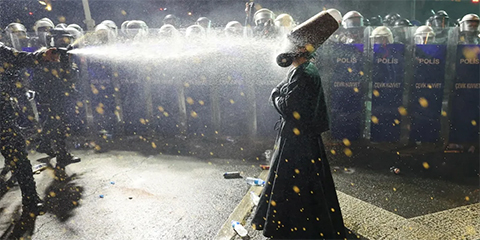
March 25, 2025: Turkish authorities must release detained journalists covering protests and end press crackdowns. CPJ condemns police violence and home raids targeting media workers.
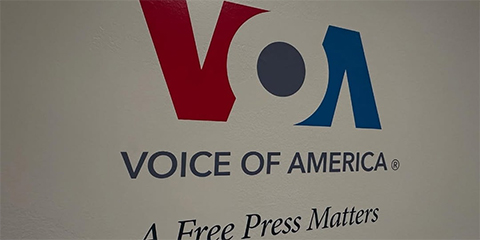
March 16, 2025: The Trump administration has ordered furloughs at U.S.-funded broadcasters, including Voice of America (VOA) and Radio Free Asia, raising concerns about press freedom and government control over media funding.

March 08, 2025: Senior UK TV producers are taking shelf-stacking and pub jobs as the industry faces a prolonged crisis. Thousands are unemployed, with freelancers struggling to find work. Learn more about the factors behind this collapse.
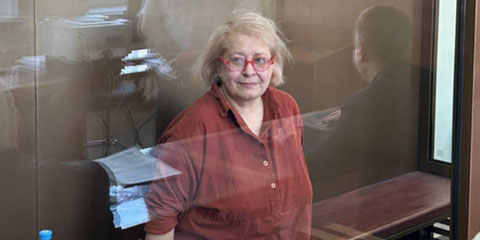
February 28, 2025: CPJ urges Russian authorities to drop charges against journalist Ekaterina Barabash, who faces up to 10 years in jail for criticizing the Ukraine invasion. Learn how fake news laws are being used to silence dissenting voices in Russia.

February 21, 2025: Ghanaian authorities must investigate the attack on five journalists covering Ashanti Region elections. CPJ urges accountability to ensure press freedom and safety.
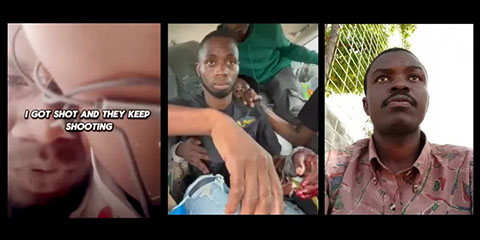
February 07, 2025: Mozambican journalist Albino Sibia was killed while filming police brutality, and reporter Pedro Junior was shot covering his funeral. Arlindo Chissale remains missing. These attacks highlight the dire state of press freedom in Mozambique amid post-election unrest.

April 11, 2025 Sindhi journalist AD Shar was brutally murdered in Khairpur, Sindh. His body was found dumped on Handiyari Link Road. PFUJ has declared a three-day mourning period and demanded justice.
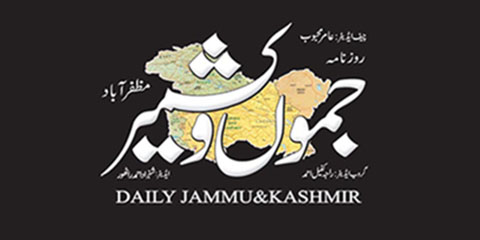
April 10, 2025 The Azad Jammu and Kashmir government has filed a case against The Daily Jammu & Kashmir and its staff for alleged fake news, drawing condemnation from PFUJ and IFJ, who demand immediate withdrawal of the FIR and an end to media repression in Pakistan.

April 08, 2025 Journalist Arzoo Kazmi alleges that Pakistan's state agencies, including the FIA, have blocked her CNIC, passport, and bank account while threatening her. She calls it a direct attack on journalism.

April 07, 2025 The Islamabad High Court has directed IG Islamabad to produce journalist Ahmad Noorani’s missing brothers, as the Ministry of Defence denies custody. SIM activity was traced in Bahawalpur, and investigations into their suspected abduction continue.
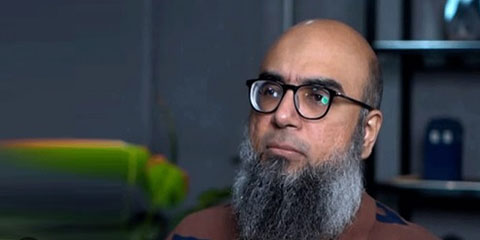
April 07, 2025 Journalist and Raftar founder Farhan Mallick has been granted bail by a Karachi court in a case concerning anti-state content aired on his YouTube channel. He still faces separate charges related to an alleged illegal call center and data theft.